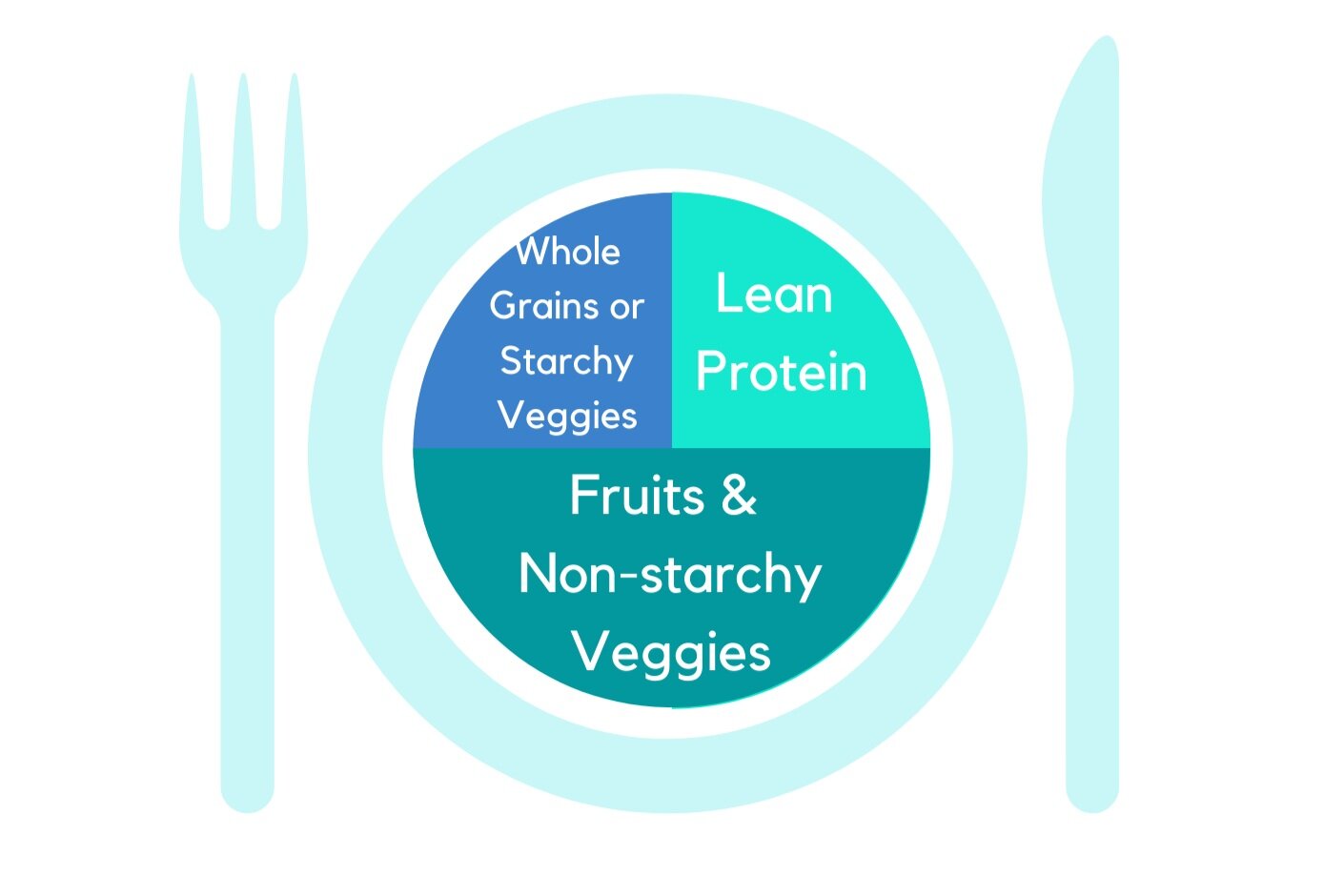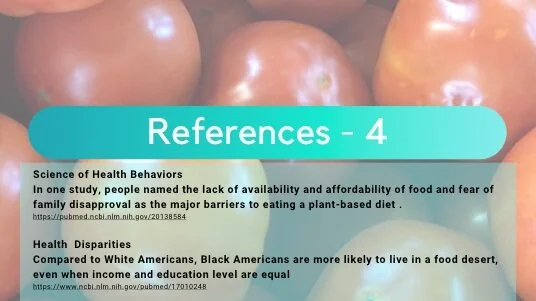Balancing Thanksgiving Sugar Quality
Hi Byte Wellness Fam,
How’s your week going? Getting prepped for Winter? If you’re celebrating Thanksgiving next week and making (or eating) a huge feast, make sure to keep balance in mind.
This is one of those times when it’s hard to stick to our usual eating habits. To be honest, you might not even want to. Shoot, if you only get your Auntie’s mac-n-cheese once a year, you want to enjoy it! Very relatable.
So, instead of going into the meal thinking about foods we CAN’T have (because of their sugar or fat content, or whatever), let’s try looking for foods that we SHOULD have (because our bodies need the fiber, vitamins, minerals and phytonutrients they provide). When we make sure to eat enough of the stuff that builds us up, it’s harder to over-indulge in the stuff that breaks us down.
So, how do we make sure we get enough fiber and micronutrients with our Thanksgiving meal?
How to Pack Your Plate With Whole Foods on Thanksgiving
The 8 recipes in our Share & Savor course from Chef Araba can be mixed and matched in so many ways to build well-balanced meals that you actually like.

At Byte Wellness, we use a plant-based adaptation of the USDA's MyPlate to explain how to build a well-balanced meal. Keep reading to see what that means.
**Remember, this isn’t medical advice. If you have chronic conditions like type 2 diabetes, you should always check with your healthcare providers (doctor and nutritionist) before making major changes to your eating habits.**
Fruits & Non-starchy Veggies = 1/2 plate
Make sure fruits and non-starchy veggies take up at least 1 half of your plate (or bowl) at every meal.
Non-starchy veggies include celery, broccoli, bell peppers, leafy greens, green beans etc.
If you used Chef Araba's Tropics Blend Smoothie to build your energizing breakfast on Thanksgiving morning, you've already got more than half a plate of fruit and veggies (spinach and mangoes). Keep that ratio in mind when you add starches and protein to convert it into a smoothie bowl.
Check out our recent #PhyteWellWednesday Workshop recording to see how we talk about using the Byte Plate to get the most flavor and nutrition out of our Thanksgiving meal.
What Veggies Aren’t Non-starchy?
You might consider Chef Araba's Tomato and Avocado Salad or her Seasoned Veggies, then add her Fluffy Quinoa recipe or her Sweet Potato Wedges. Both quinoa (a whole grain) and potatoes (starchy veggies) are considered starches. That means, following the Balanced Plate, each of those Share & Savor recipes actually belongs in 1/4 of the plate: the Whole Grain/Starchy Veggie section. According to the Balanced Plate plan the total amount of the starch on your plate should fill only 1/4 of the plate. Basically, make sure your salad is at least twice as big as your starch.
For more recipes that bring out the best parts of foods, join our Share & Savor wholesome eating course…
Discussion Question
What in your everyday life makes it easier to grab processed food w added sugars vs whole food?
Happy Healthy Living,
Dr. Wuse
If you’re looking to figure out how to build your own wellness formula, you’re in the right place. But, unlike the “wellness formula” you’ll find at Walmart, Whole Foods or GNC…
If you’re looking to figure out how to build your own wellness formula, you’re in the right place. But, unlike the “wellness formula” you’ll find at Walmart, Whole Foods or GNC…
We eat lots of starch in junk food, but it can be part of a healthy plant-based diet, too…
Yesterday, we talked about sugar. Next up is fiber. Know how hard it is to chew celery or an apple? That stiffness is fiber. It’s in fruits, veggies…
Sugar is one of the 3 types of carbohydrates in your daily diet. Unlike starch and fiber, sugar is not one of the carbs your body needs.










![#PWW Recording: Intro to the ISMS-to-ILLNESS Pathway [Video]](https://images.squarespace-cdn.com/content/v1/5c7316af11f7846b135b9fe7/1710538224327-T0IJZP00V691VNMA0QHV/Youtube+Thumbnail.png)
![MLK, Health Justice, and the LA Fires (Happy MLK Day) [Self-Love Letter]](https://images.squarespace-cdn.com/content/v1/5c7316af11f7846b135b9fe7/1737426504384-QZZY5CZUERDA7EGFPRIG/unsplash-image-39rGV19A6A0.jpg)



Sugar is one of the 3 types of carbohydrates in your daily diet. Unlike starch and fiber, sugar is not one of the carbs your body needs.